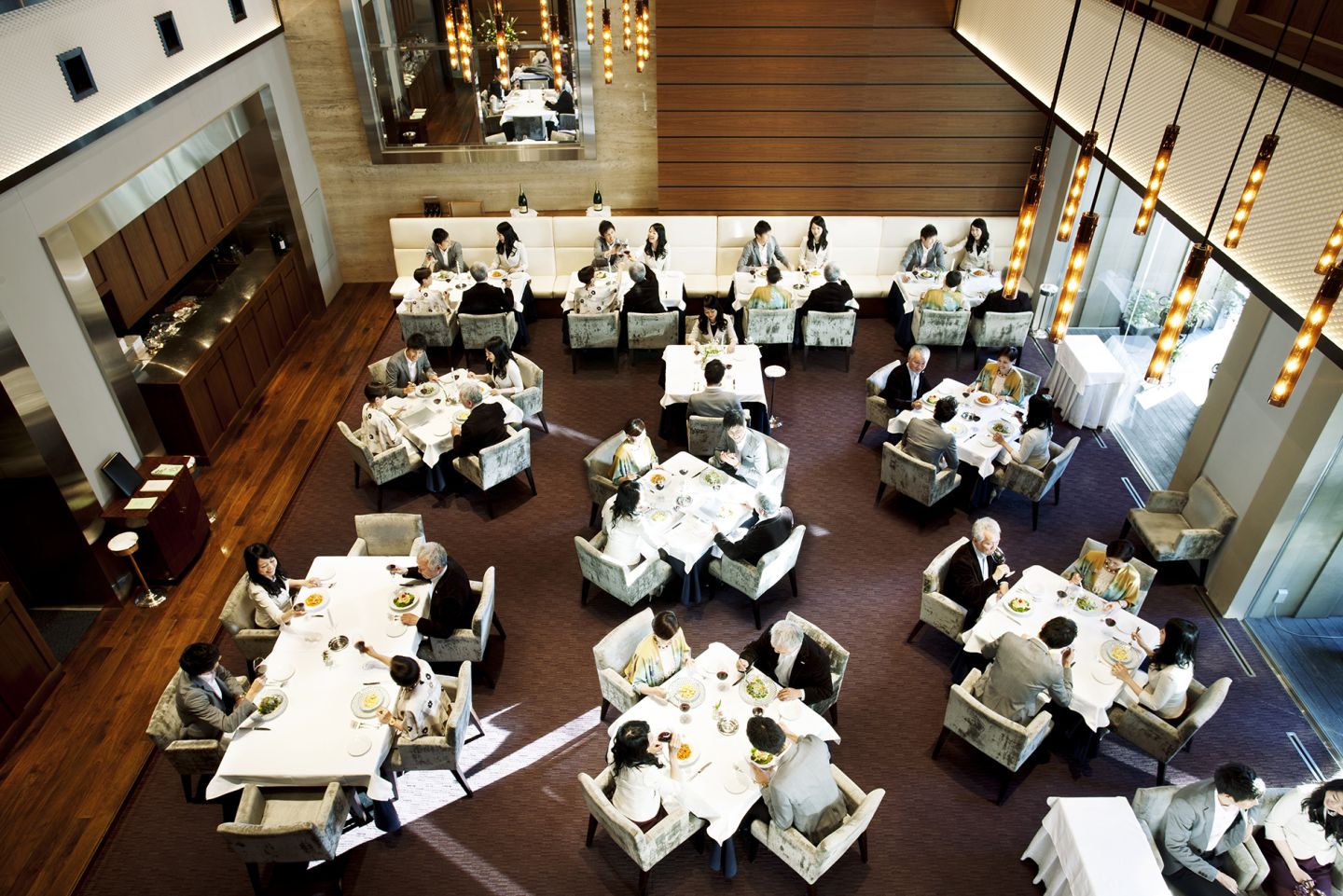Aging suburban malls across the country are looking for redevelopment strategies as the once traffic-driving big box anchors start to go dark due to debilitating declines in consumer foot traffic and interest.
Real estate developers often perceive the vacant retail stores as liabilities and indications that their malls will ultimately fail.
That fear isn’t necessarily unfounded as statistics indicate that within the next 15-20 years more than 40% of the roughly 1,400 malls in the U.S. will most likely not survive.
But, this view needs to be re-evaluated.
Instead of focusing on the potential negative outcomes and challenges, developers need to shift their focus and attention to determining how the vacant stores can be positioned and used as an advantage.
When considering new mall-based real estate or development strategies, it’s essential to assess and measure existing mall performance, and identify the wants and needs of the consumers in the mall’s trade area.
So when traditional big box retail isn’t the most effective use of the vacant property, developers must explore other creative uses of the space – for example, by filling the now-empty anchor stores with non-retail properties like fitness centers.
And ironically, embracing non-retail properties as a new kind of anchor store may be the tonic that woos consumers away from the convenience of online shopping and back to the mall.
Think about this for a moment: a fitness facility as an anchor would see repeat customers several times a week. This could hold tremendous potential for the shopping center as a whole – especially if it added related retail around the fitness anchor, like activewear stores, which have seen sales grow four times faster than the overall apparel industry.
The Bottom Line:
At the end of the day, vacant retail stores will always pose a challenge, but the sooner you view them as assets and develop strategies to encourage long-term uses, the sooner they will become performing assets and not liabilities.
By adding restaurants and services as well as creating experiences that cannot be mimicked online, malls will ultimately be turned into places where people go to shop, eat and be entertained.
With continual attention to customer analytics, you can optimize the success of your property, fine-tune the tenant mix based on changing consumer preferences, and develop marketing campaigns with pinpoint accuracy.
How much customer shift have you seen in trade areas around malls? What are you doing about it? Getting your hands on the most in-depth customer information available has never been more critical in your decision-making than now – so why don’t we talk.


